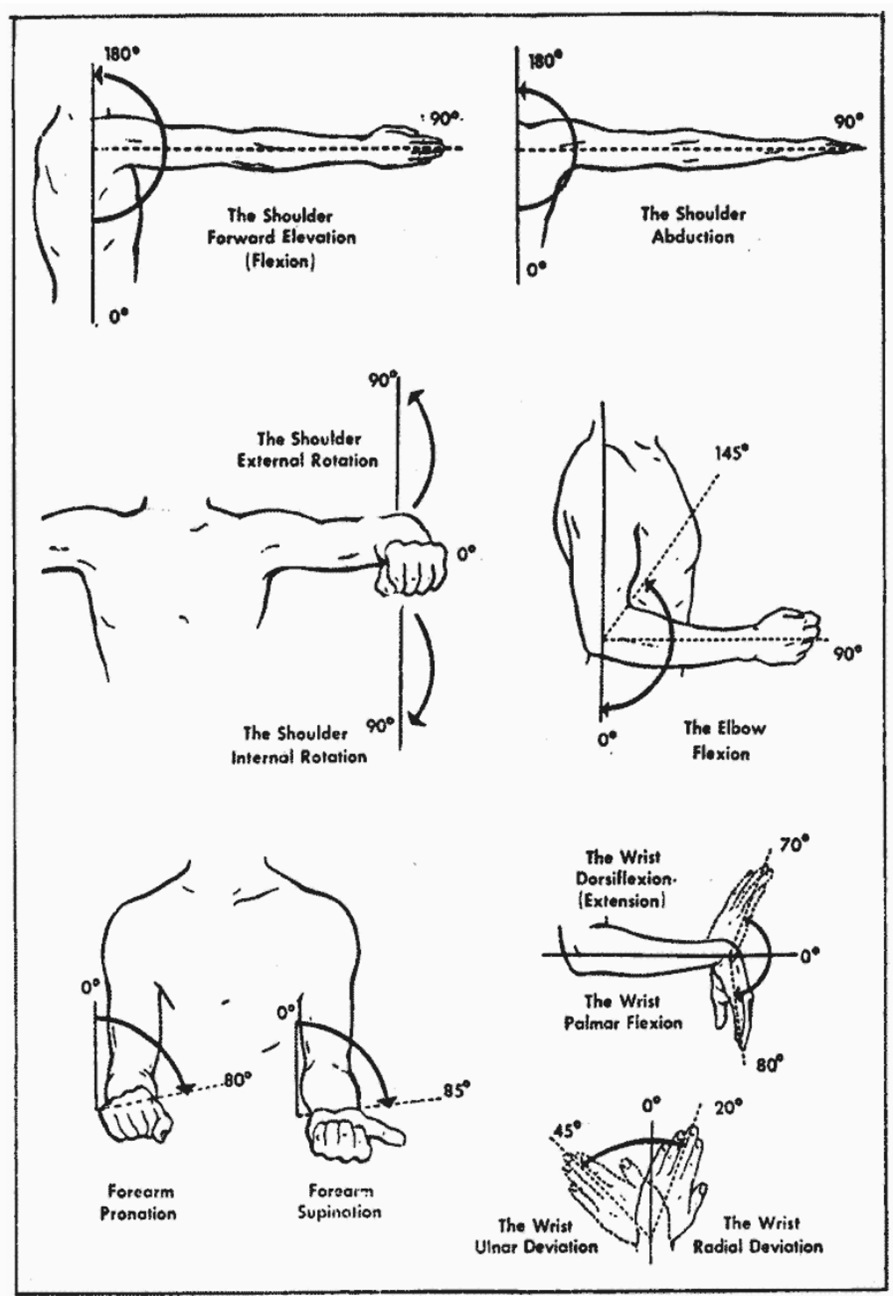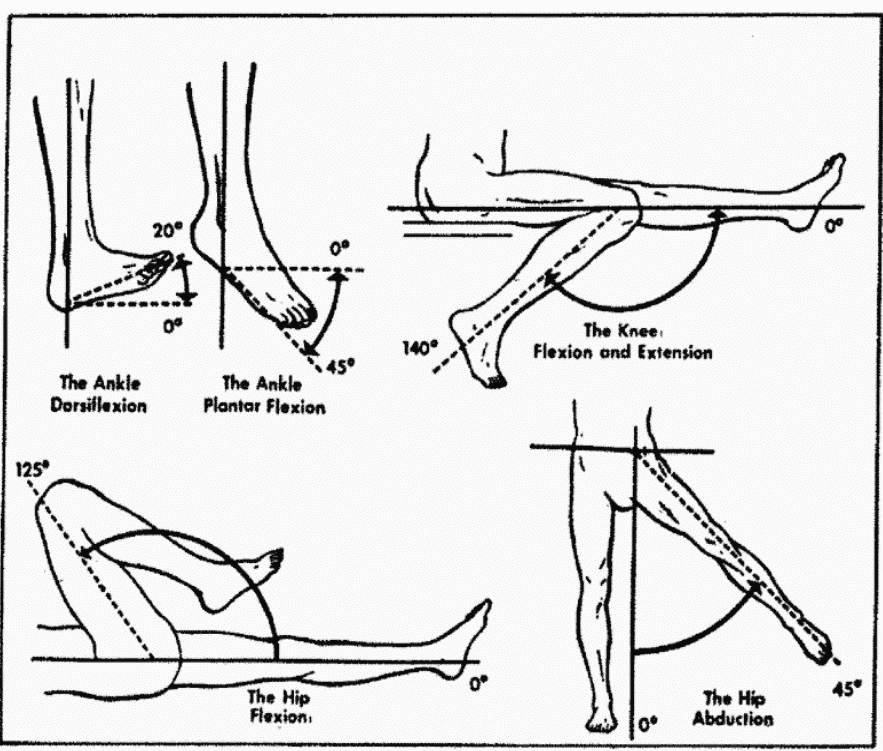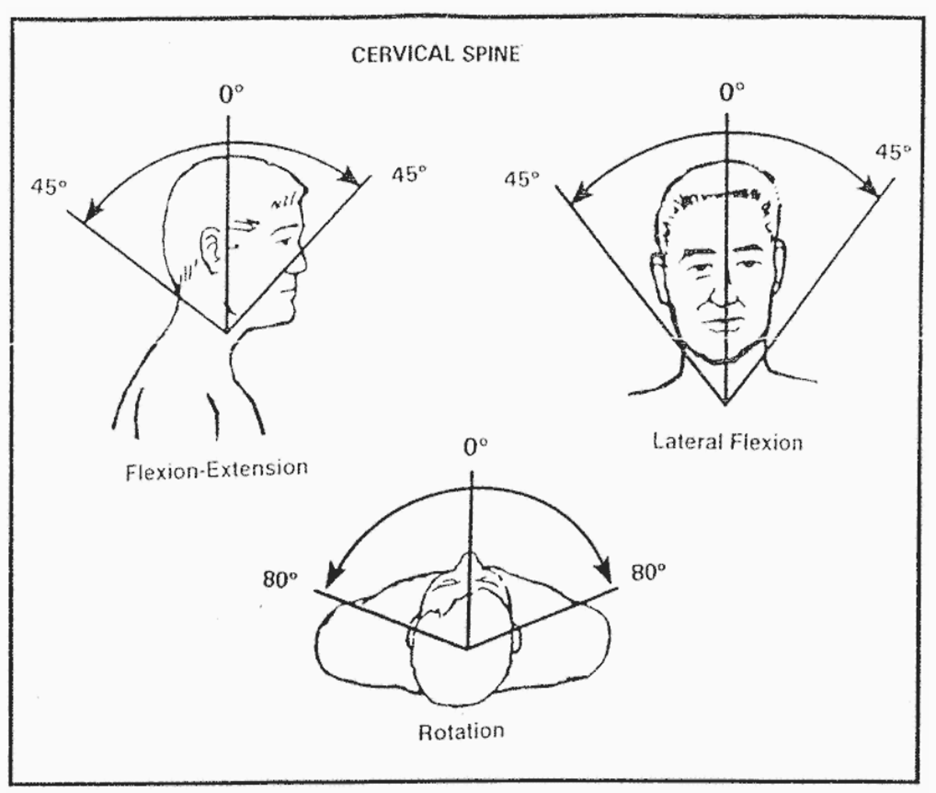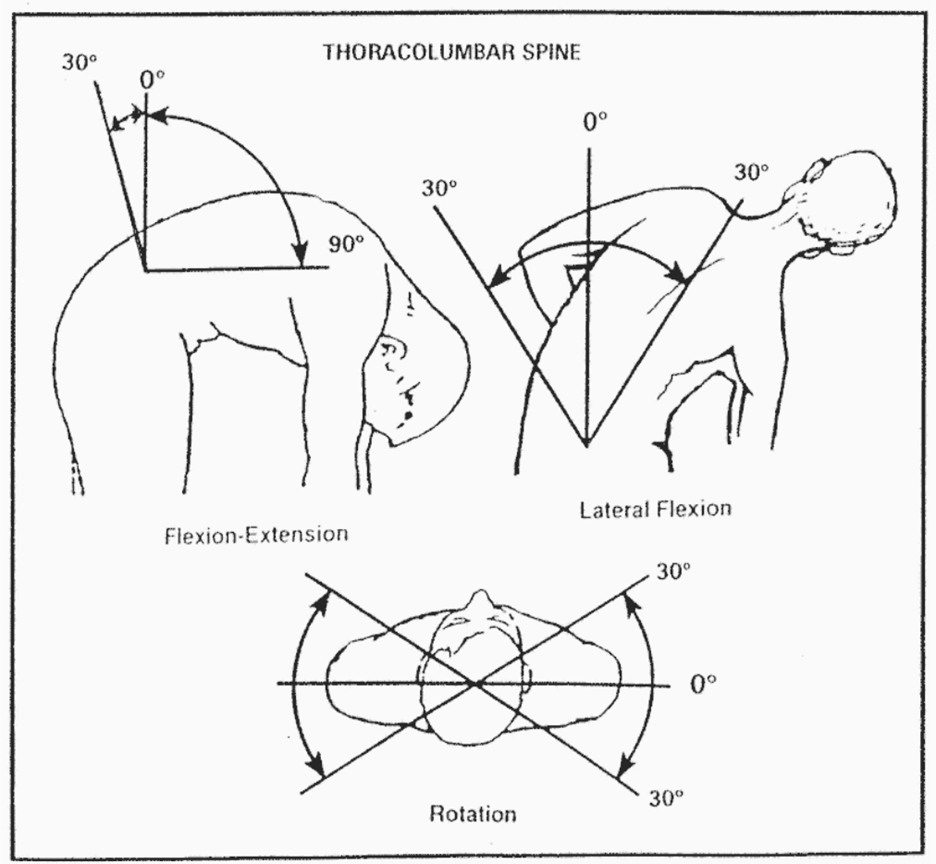Looking for Expert-Level VA Claim Answers?📱Call Us Now! 737-295-2226
When applying for VA disability benefits for musculoskeletal conditions, the Range of Motion (ROM) measurements at your C&P exam play a critical role in determining the severity of your condition and the corresponding disability rating.
The VA range of motion chart is a standardized tool for various musculoskeletal conditions used during VA exams to assess joint limitations and functional impairments.
This article is a comprehensive guide to help you understand this important aspect of your VA claim and how range of motion can impact your final VA rating.
Table of Contents
Summary of Key Points
- The VA Range of Motion (ROM) Chart is a standardized tool used during C&P exams to assess joint limitations and functional impairments, playing a critical role in determining your disability rating for musculoskeletal conditions.
- Accurate ROM measurements, taken using a goniometer, are essential for identifying deviations due to injury or disease and help determine the extent of your functional loss and its impact on daily activities.
- Understanding the normal range of motion for various joints, such as the shoulder, elbow, wrist, hip, knee, and spine, is crucial for preparing for your VA claim and ensuring a thorough and fair evaluation.
What is the VA Range of Motion Chart?
The VA range of motion chart outlines the normal range of movements for various joints in the body, such as the shoulder, elbow, wrist, hip, knee, and spine.
It provides a reference for C&P examiners to compare your joint movements against standard measurements.
These evaluations are essential for identifying any deviations due to injury or disease and determining the degree of disability.
How is Range of Motion (ROM) Measured by the VA?
During your C&P exam for musculoskeletal conditions, the examiner will use a goniometer, a device that measures the angle of joint movement in degrees.
Here’s what to expect:
- Initial ROM Assessment: The examiner will measure the initial range of motion of the affected joint(s) to establish a baseline.
- Repetitive Use Testing: You may be asked to perform certain movements multiple times to assess how repetitive use affects your range of motion and pain levels.
- Pain Assessment: The examiner will note any pain during movement, documenting the point at which pain begins and how it impacts your motion.
- Comparison with Opposite Joint: If applicable, the range of motion in the opposite, unaffected joint will be measured for comparison.
Key Joints and Their Normal Range of Motion for VA Disability
Here are some examples of the normal range of motion for various joints as outlined by the VA:
Shoulder

Flexion: 0 to 180 degrees – Moving the arm in front of the body, starting from the side and lifting it until it points straight up overhead.
Extension: 0 to 50 degrees – Moving the arm backward from a resting position by the side of the body, extending it behind the torso.
Abduction: 0 to 180 degrees – Raising the arm sideways away from the body until it points straight up overhead.
Internal Rotation: 0 to 90 degrees – Rotating the arm inward towards the body while the elbow is bent at a 90-degree angle.
External Rotation: 0 to 90 degrees – Rotating the arm outward away from the body while the elbow is bent at a 90-degree angle.
Elbow
Flexion: 0 to 145 degrees – Bending the arm at the elbow from a straight position until the hand touches the shoulder.
Extension: 145 to 0 degrees – Straightening the arm from a bent position back to its original straight position.
Wrist
Dorsiflexion (Extension): 0 to 70 degrees – Bending the wrist backward, moving the back of the hand towards the forearm.
Palmar Flexion: 0 to 80 degrees – Bending the wrist forward, moving the palm of the hand towards the forearm.
Hip

Flexion: 0 to 125 degrees – Lifting the leg in front of the body, bending at the hip joint.
Extension: 0 to 30 degrees – Moving the leg backward from a resting position, extending at the hip joint.
Abduction: 0 to 45 degrees – Moving the leg sideways away from the body.
Adduction: 0 to 30 degrees – Moving the leg inward across the body’s midline.
Knee
Flexion: 0 to 140 degrees – Bending the knee from a straight position to a fully bent position.
Extension: 140 to 0 degrees – Straightening the knee from a bent position back to its original straight position.
Cervical Spine

Cervical Flexion: 0 to 45 degrees – Bending the neck forward so the chin moves towards the chest.
Cervical Extension: 0 to 45 degrees – Bending the neck backward so the back of the head moves towards the back.
Thoracolumbar Spine

Thoracolumbar Flexion: 0 to 90 degrees – Bending forward at the waist so the upper body moves towards the feet.
Thoracolumbar Extension: 0 to 30 degrees – Bending backward at the waist so the upper body moves away from the feet.
Importance of Accurate ROM Measurements
Accurate ROM measurements are vital for your VA claim as they directly influence your disability rating.
The measurements help determine the extent of your functional loss and how it impacts your daily activities.
Consistency and precision in these measurements ensure a fair evaluation of your condition.
About the Author

Brian Reese
Brian Reese is a world-renowned VA disability benefits expert and the #1 bestselling author of VA Claim Secrets and You Deserve It. Motivated by his own frustration with the VA claim process, Brian founded VA Claims Insider to help disabled veterans secure their VA disability compensation faster, regardless of their past struggles with the VA. Since 2013, he has positively impacted the lives of over 10 million military, veterans, and their families.
A former active-duty Air Force officer, Brian has extensive experience leading diverse teams in challenging international environments, including a combat tour in Afghanistan in 2011 supporting Operation ENDURING FREEDOM.
Brian is a Distinguished Graduate of Management from the United States Air Force Academy and earned his MBA from Oklahoma State University’s Spears School of Business, where he was a National Honor Scholar, ranking in the top 1% of his class.




